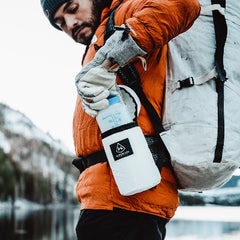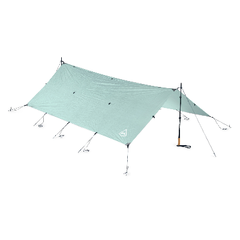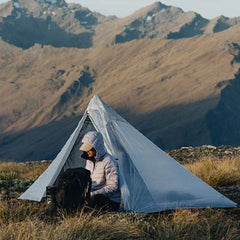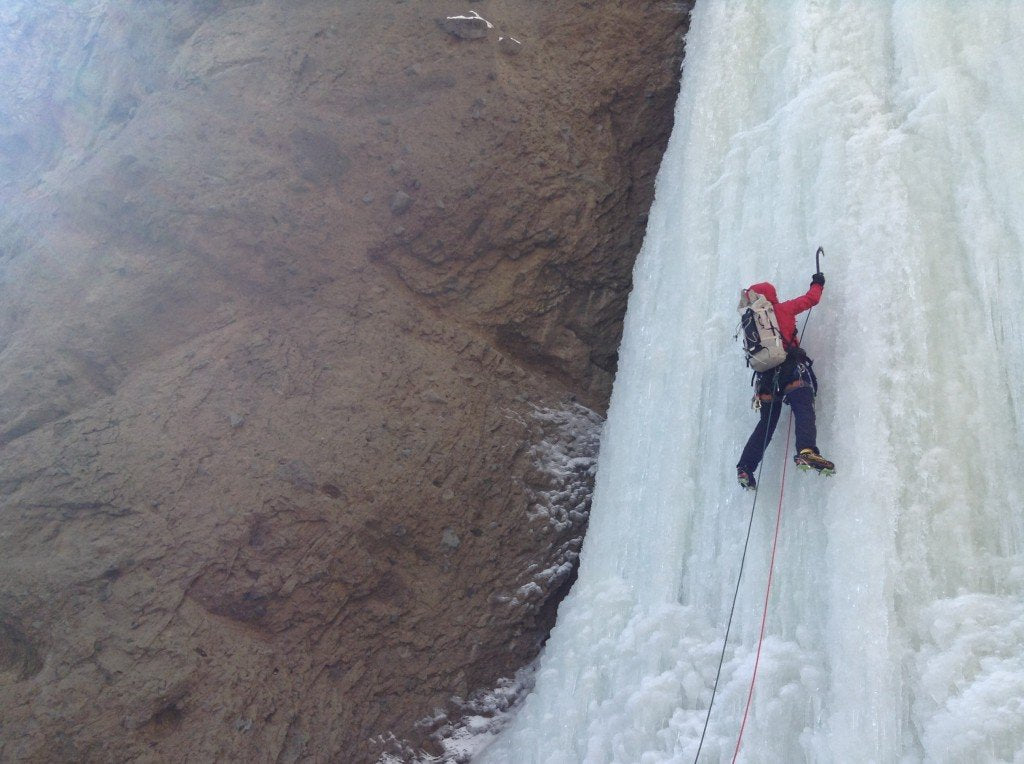
Hiking the Appalachian Trail in 2013:
It’s that time of year when hikers aspiring to set off on the adventure of a lifetime and complete the Appalachian Trail (AT) must begin planning and purchasing the necessary gear for the trip. In fact, if you are hiking the AT in 2013, you’ve probably already started this process.
For those of you who are, we at Hyperlite Mountain Gear would like to provide a few critical tips focusing on the benefits of an ultralight approach. Over the years we have sponsored many hikers on the Appalachian Trail, have had many friends complete it, and have had many more customers who have tackled the AT with our packs and shelters.
First we would like to point out that over 2,000 hikers begin the trail each year at Springer Mountain in Georgia and head northbound to the end at Mt. Katahdin in Maine. But only about 20% of hikers complete the entire trail each year. One reason for this is a lack of research and preparation before beginning the trail and even more importantly, the frustration and difficulty that quickly arises from carrying inappropriate gear. Stories abound of the first several hundred miles of the trail being littered with discarded (too heavy) gear and for a few months of the year, is like a heavy gear graveyard.
There is nothing worse than attempting a several hundred-mile journey on foot, let alone a 2,000 mile journey, with a heavy uncomfortable pack filled with heavy or unnecessary gear. We’ve heard all the stores and experienced many firsthand as we’ve re-outfitted hikers with new lightweight gear during their first month on the trail.
So what do you need to know? We believe that all adventurers attempting the Appalachian Trail should carefully investigate the lightweight and ultralight approach. And first and foremost, this means carefully examining the “big three” gear components you will carry: pack, shelter and sleeping bag.
There is no longer any reason to carry a four to five pound pack or a four to five pound shelter. Many very appropriate 1 to 2 pound packs and shelters can be found, mostly online, and one can easily eliminate five to seven pounds in carry weight just by having an appropriate pack and shelter. The same goes for a sleeping bag and pad. There is fantastic technology available these days for inflatable sleeping pads and sleeping bags that can be measured in ounces instead of pounds. Then if you take a good look at your cooking system, water purification system and footwear (we highly recommend trail runners over boots – lighter, cheaper and quickly contributes to stronger ankle muscles compared to boots) and you can very easily avoid an extra ten pounds of carry weight.
Is ten pounds a big deal? Absolutely!! Ten pounds over a weekend is a big deal. Now imagine ten pounds over 2,000 miles! One of the best stories we’ve experienced was an Hyperlite Mountain Gear sponsored female hiker from Maine with the trail name Deva, who started the trail outfitted entirely with gear from a big box brick ‘n mortar retail store. She was hiking a maximum of 15 miles per day and found the hike to be rather grueling. Once we met her in Damascus, we switched out her shelter and backpack from a MSR Hubba tent to an Hyperlite Mountain Gear Echo I Shelter and a Gregory Deva pack to an Hyperlite Mountain Gear Windrider. We helped her with a few other swap-outs such as some Hyperlite Mountain Gear stuff sacks and she shaved 10.5 lbs from her carry weight and immediately began logging 25-30 miles per day in much more comfort.
Is it worth the expense for ultralight gear? It may seem like a significant expense to outfit yourself with lightweight or ultralight gear at the outset of planning an AT hike, however, it is entirely worth the expense for several reasons. First, so many Appalachian Trail thru-hikers swap out their heavier gear within the first several hundred miles once they fully realize the strain and difficulty of carrying too much unnecessary weight. And if you are buying gear twice, the expense is much higher in the long run and you will be kicking yourself for not acquiring the right gear at the outset. Second, the weight savings and corresponding relief to a thru-hikers body over the course of a day, a week, or a month is so powerful that it is even hard to fully explain without having experienced it firsthand. Finally, by carrying 20-25 lbs including food, water and fuel instead of carrying 30-40 lbs, you will move more swiftly and safely along the trail and spend less time completing it. Thus you will realize actual savings on the daily cost of supplies while realizing opportunity cost savings by more quickly getting back to the job you’ve left behind.
So as you prepare to hit the trail within the next three months, we highly recommend that you carefully think about your gear. A little extra investment before you begin will pay large dividends once you start walking.
Best of luck and if you are hitting the Appalachian Trail in 2013, feel free to let us know through our Hyperlite Mountain Gear facebook page. We’d love to hear about it.

The post Hiking the Appalachian Trail in 2013 appeared first on Hyperlite Mountain Gear Blog.


















